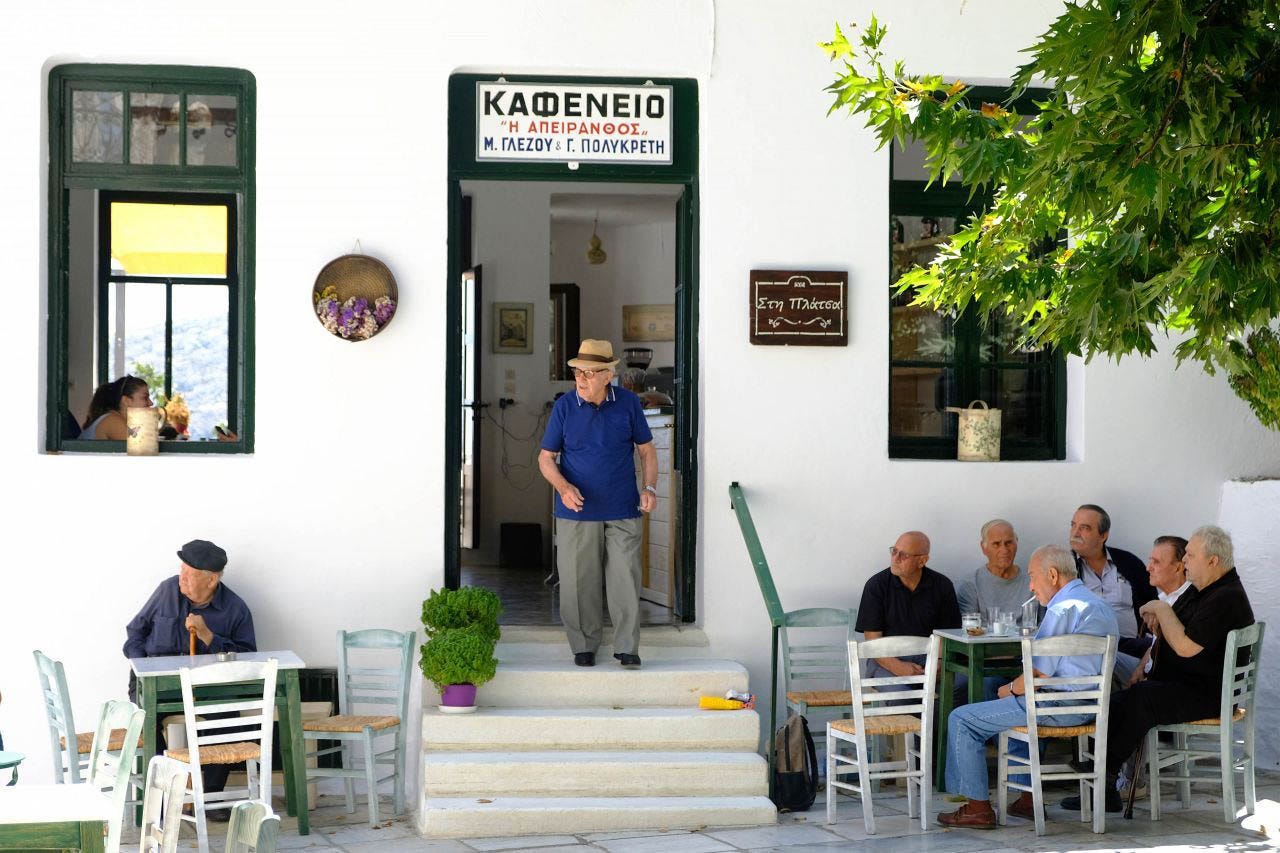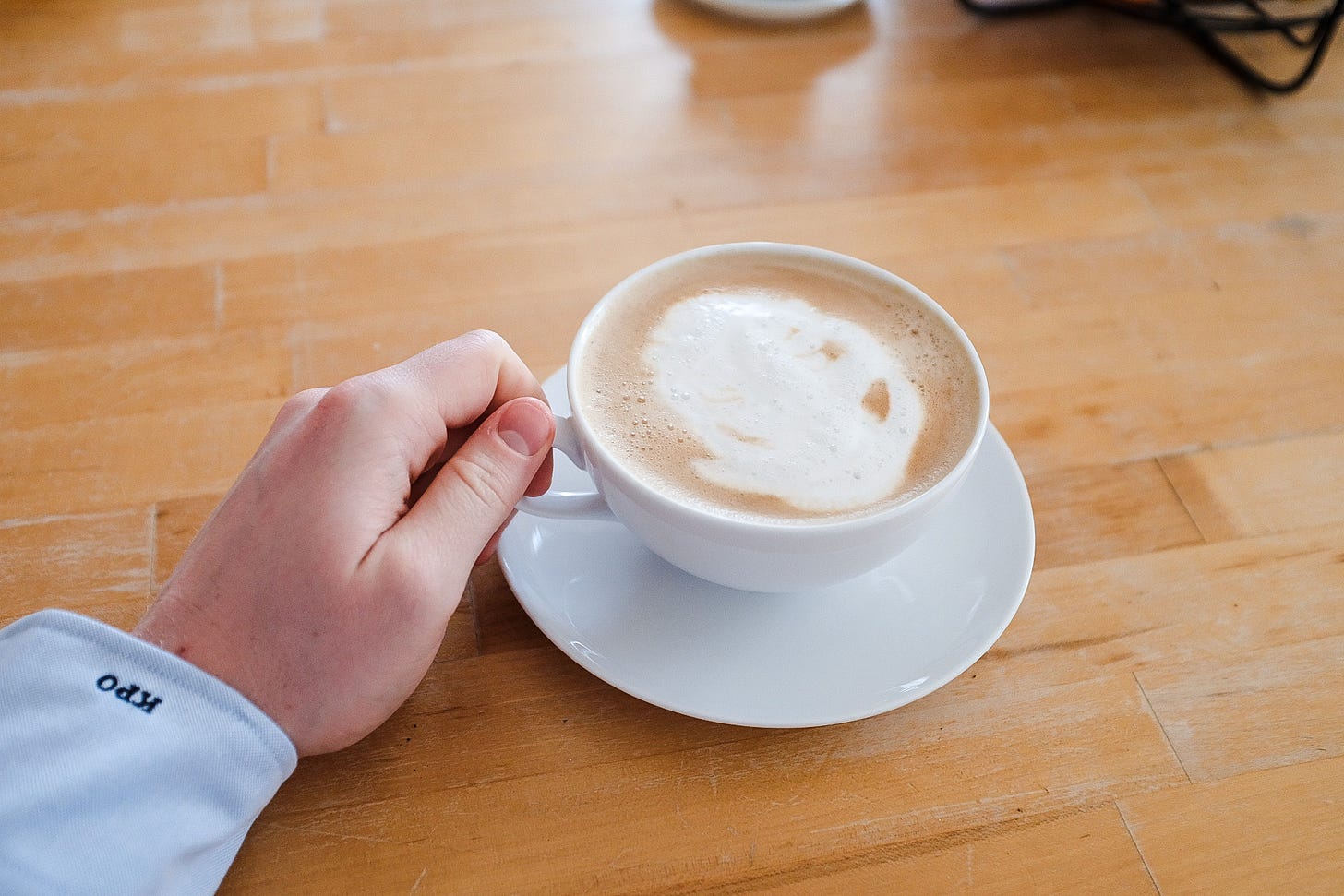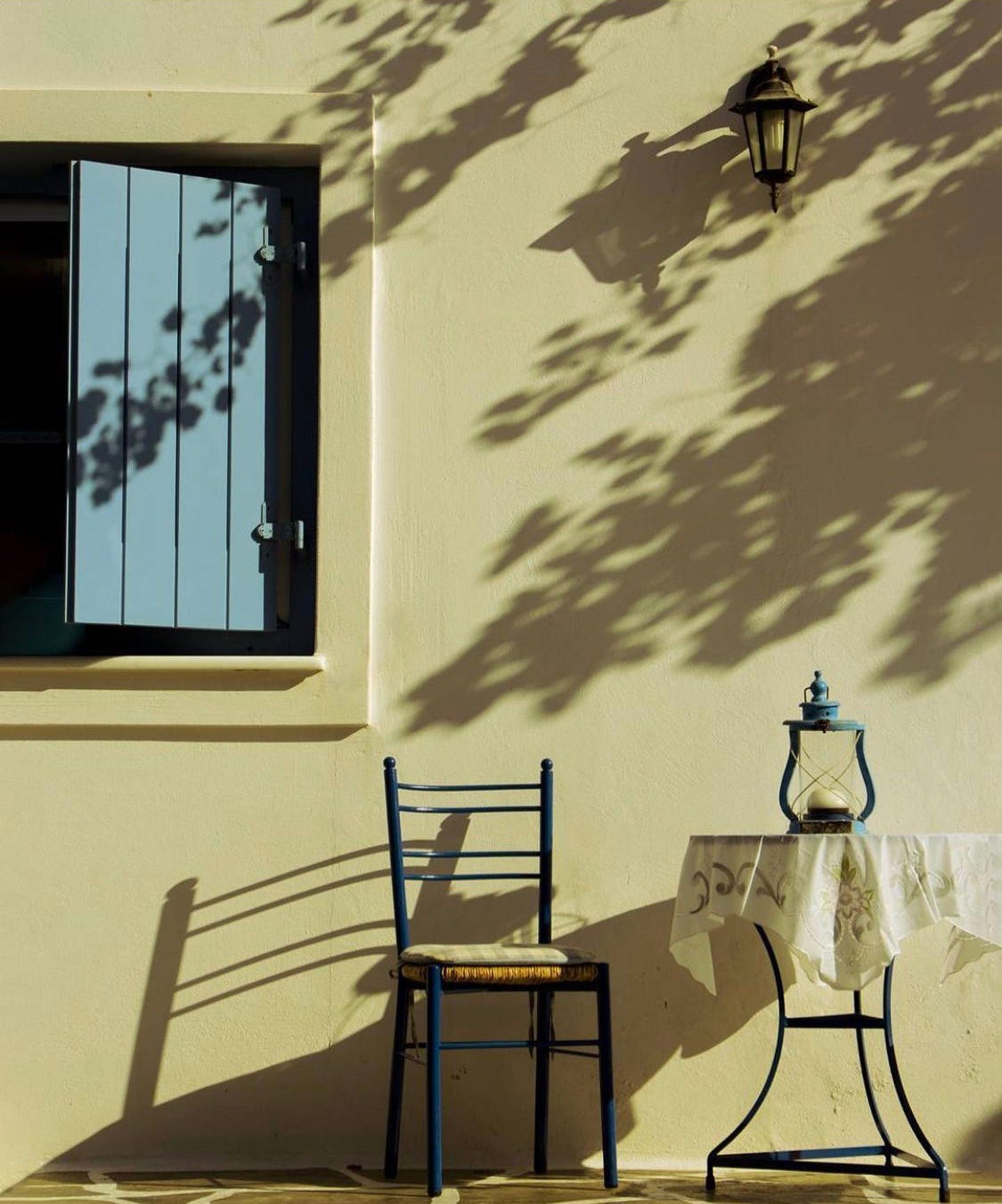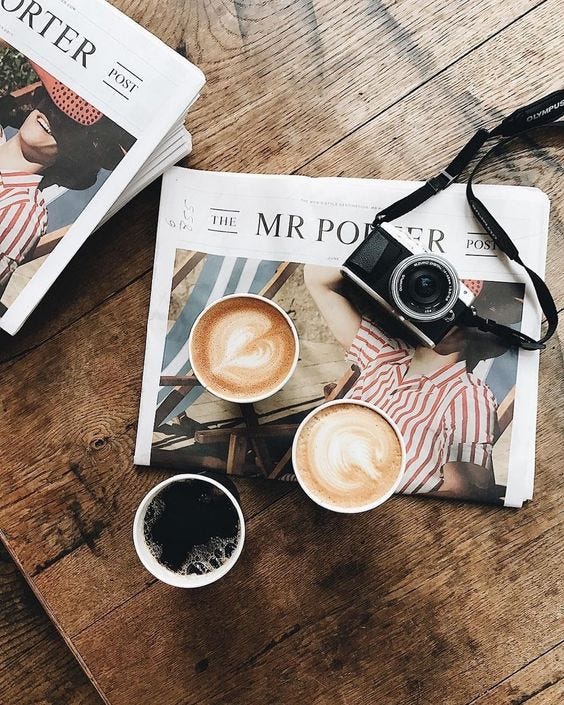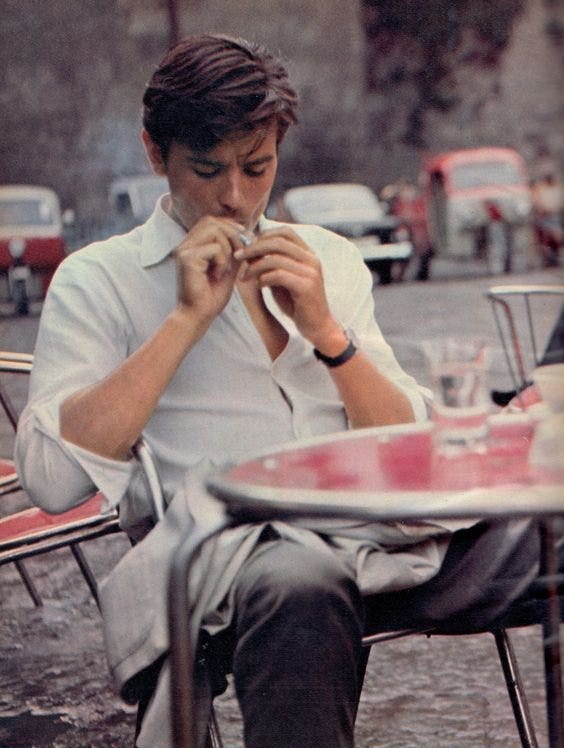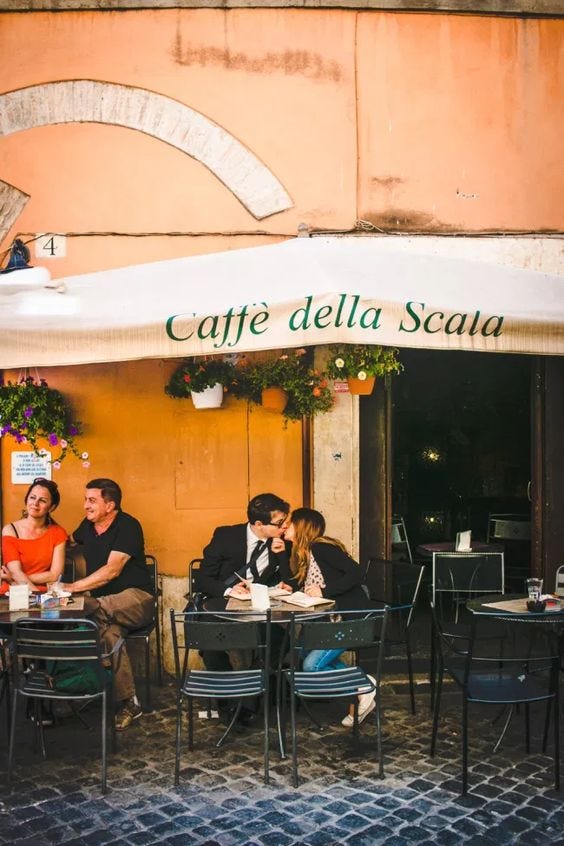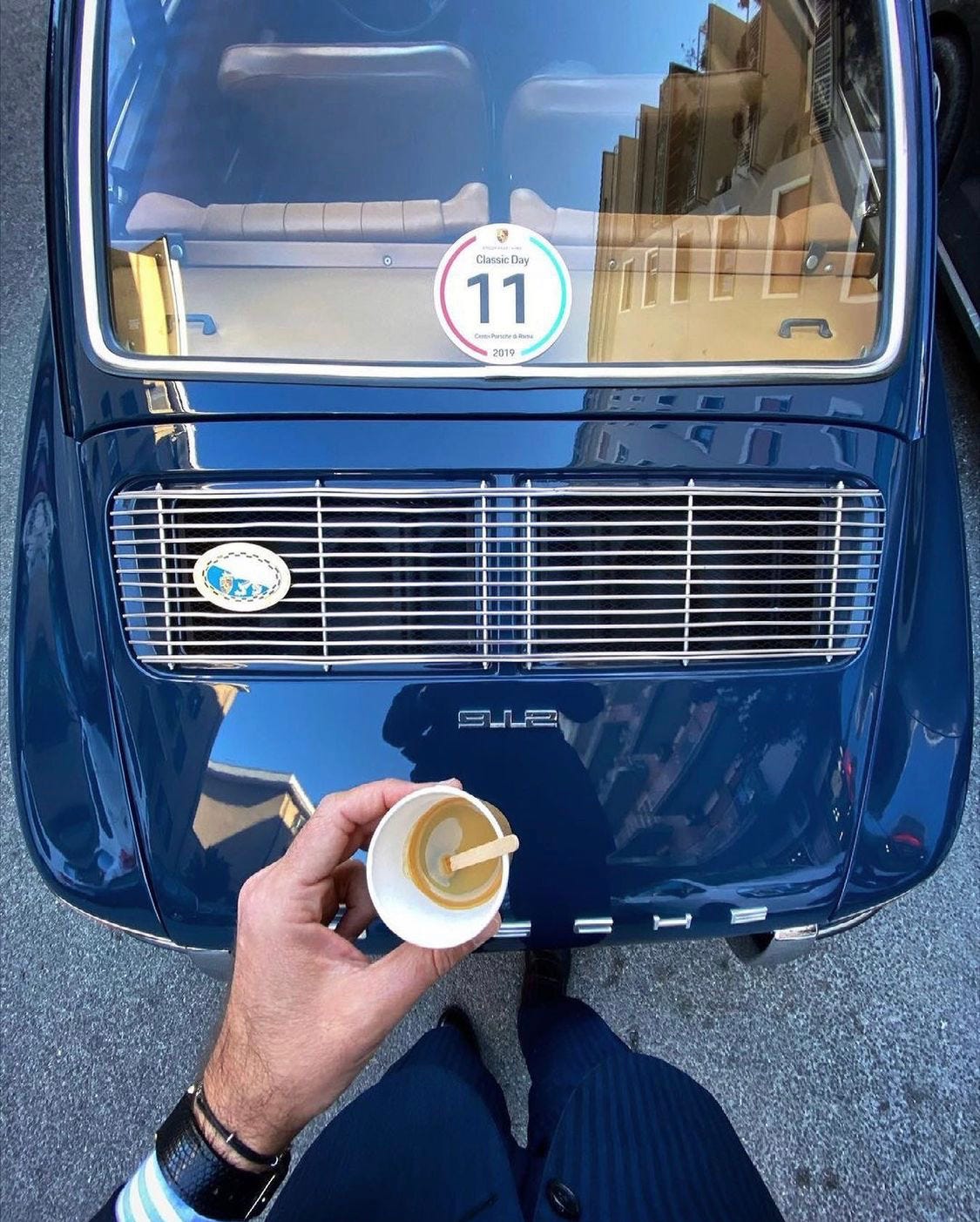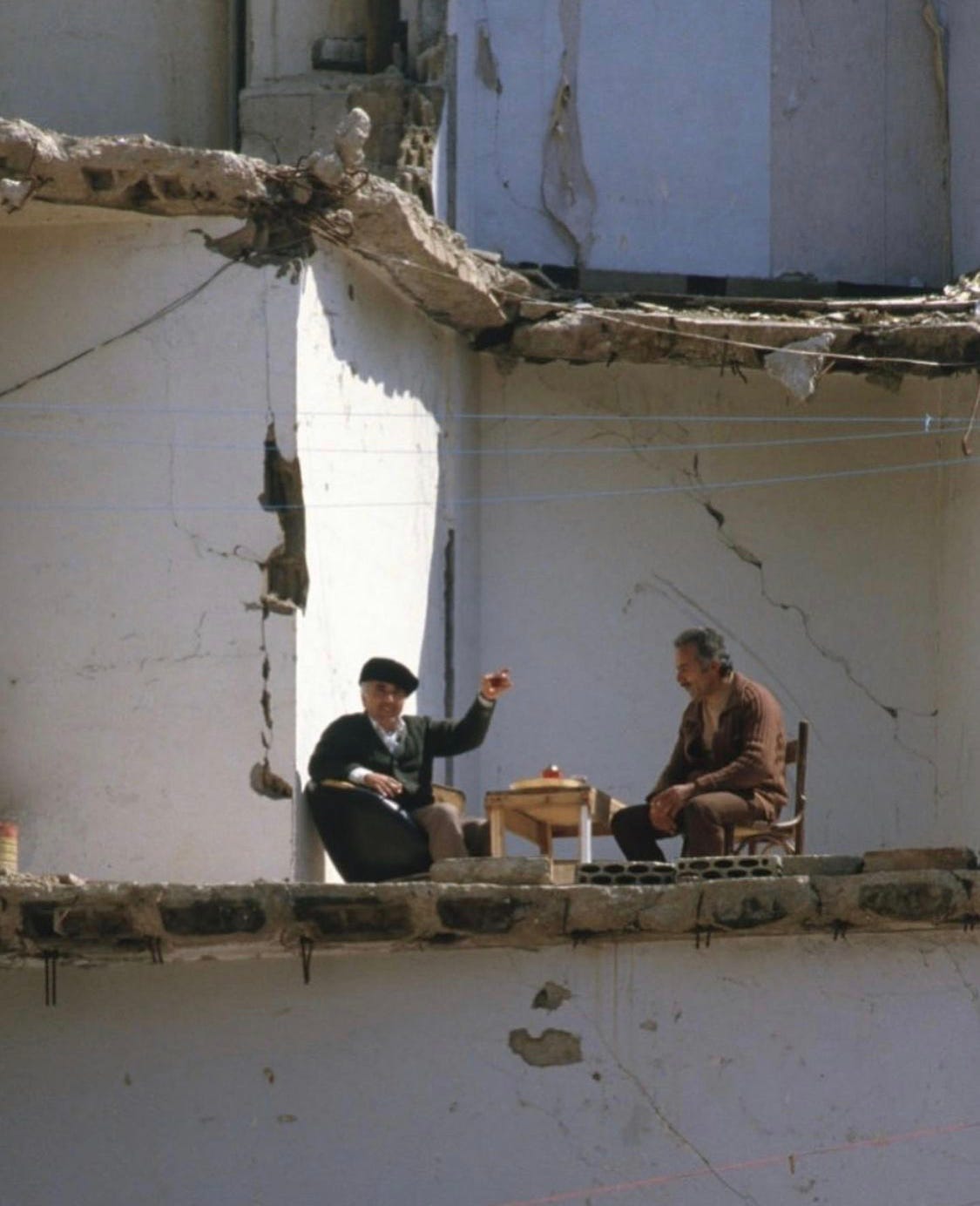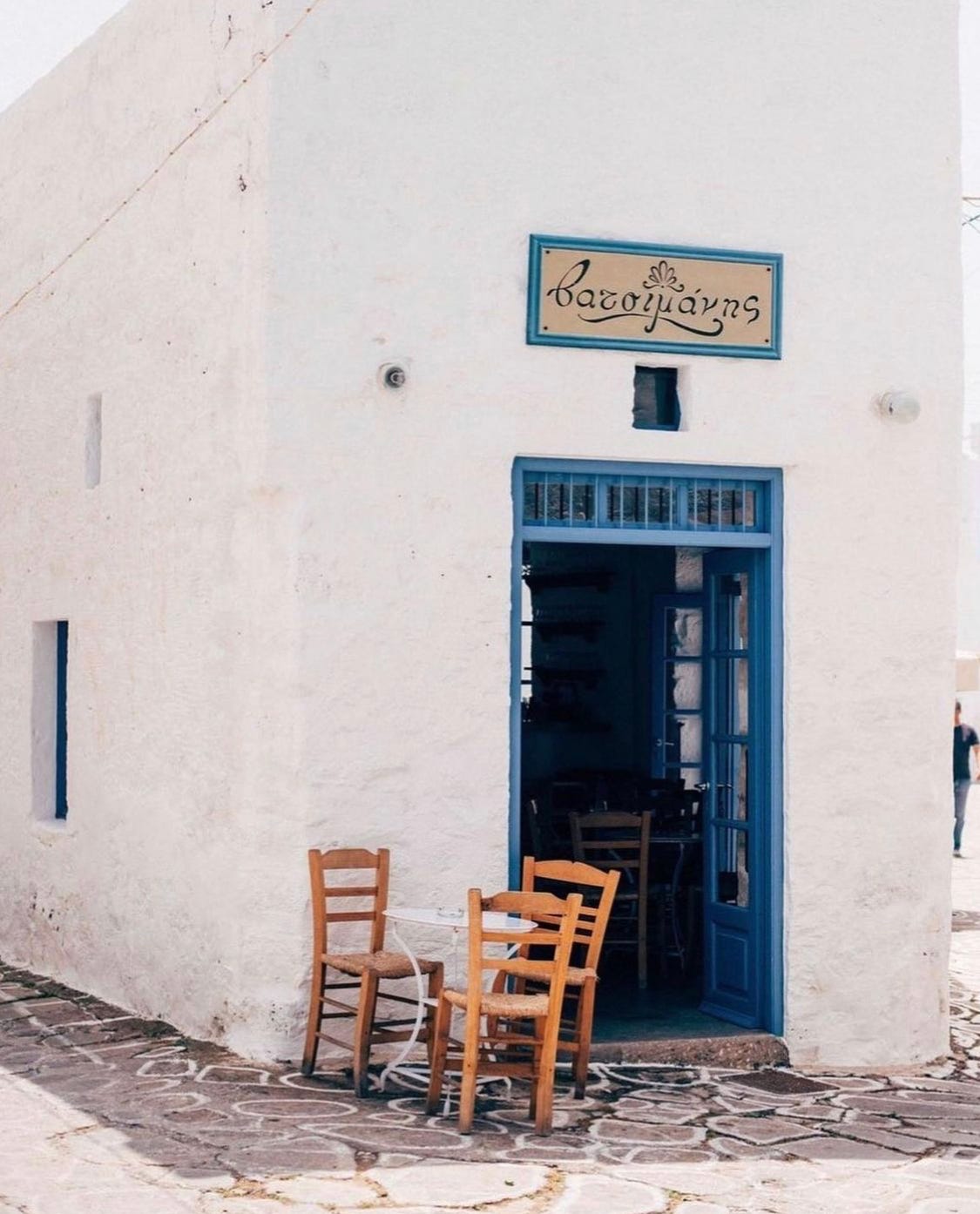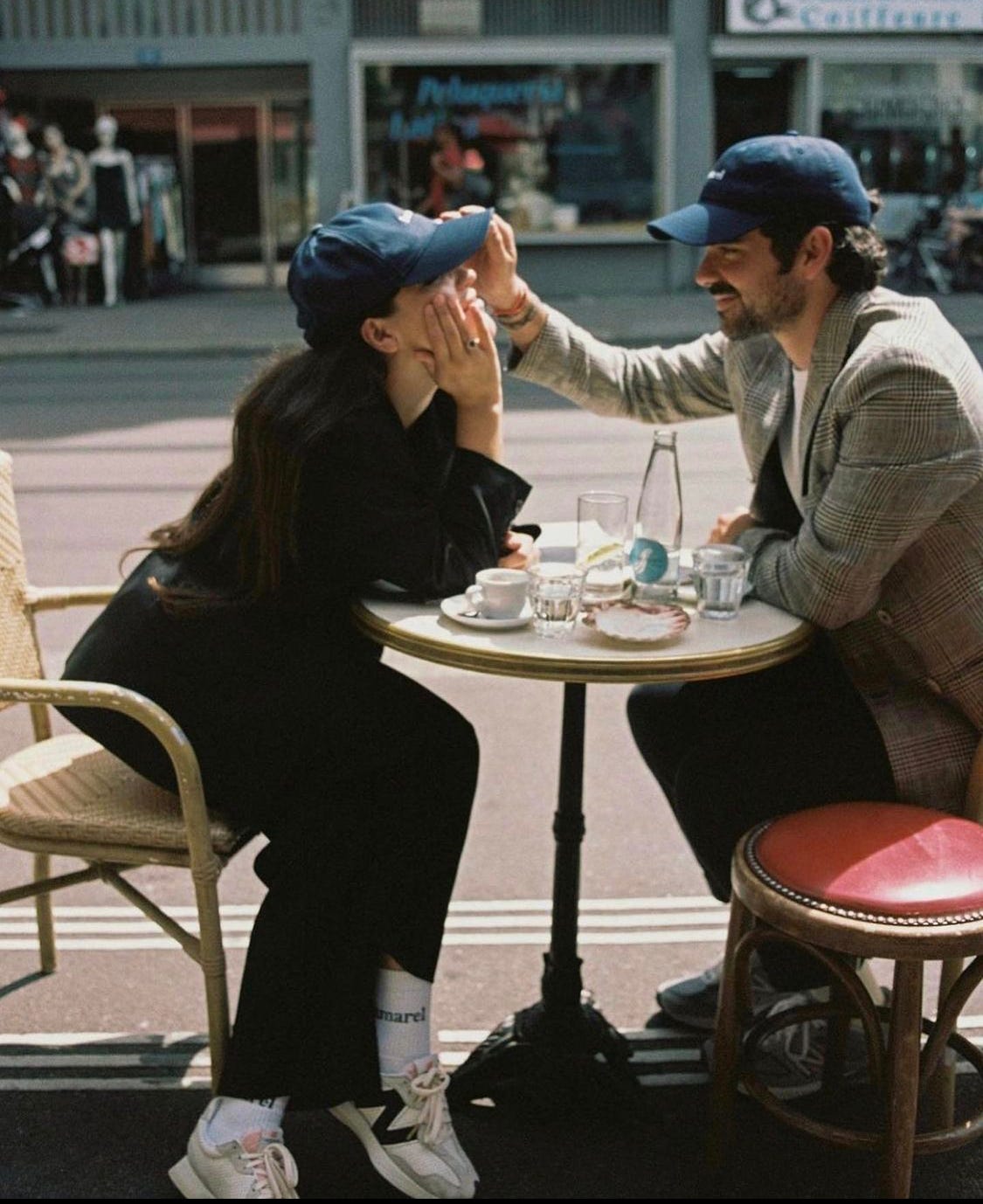Hi everyone, welcome back to the Ivy Letter.
I would like to preface this article by saying that the express intent of the Ivy Letter is to have a light, Sunday morning read as you sip on a cup of coffee. A nice, pleasant introduction to the last day of the weekend, if you will.
So with that being said, what better topic is there than coffee itself?
Mainly I want to talk about it because I just bought an espresso machine (hehe).
Coffee holds a special place in society — it contains a psychoactive, addictive drug, yet it seems to have virtually no harmful effects,* and in fact appears to help stave off diseases like type 2 diabetes.
On top of that, coffee’s discovery (around 850 AD) likely played a significant role in the continued development of the western world. As legend goes, an Ethiopian goat herder noticed that his goats were really hopped up after eating some of the fruits of an arabica plant. He brought it to a local monk, who decided to brew it into a beverage (a standard procedure at the time, as most water was not potable) and voila! Coffee was born.
Cafés first started cropping up in the near east and served as spots for people to congregate and talk with one another, all while under the influence of caffeine. This extra bit of stimulation and attentiveness is likely to have played a role in much enlightenment thinking, as well as further industrialization of society.
This café culture soon spread to Europe, where it still maintains much of its influence. Eastern/Southern European countries like Greece are renowned for their dedication to café culture, where men will gather for hours on end to loiter, play chess, and shoot the proverbial shit. A far cry from our conception of cafés here in America, and perhaps something to aspire toward.
*drinking black coffee while fasted will spike your cortisol levels and mess with your blood sugar — this impact can be softened by consuming coffee with a little bit of fat and sugar (this can be in the form of biscotti or even just buttered toast; it doesn’t have to be milk and sugar in the coffee if you prefer it black!)
Though I don’t consider myself a true coffee aficionado, I certainly am moving in that direction. My fianceé wakes up at 4:30 for her job as a neurocritical care physician associate (I am very proud of her (help me)) and makes coffee in a standard Mr. Coffee maker, for quick access to caffeine. By the time I roll out of bed a couple hours later, the coffee is generally burnt as all get out and tastes rough, to say the least.
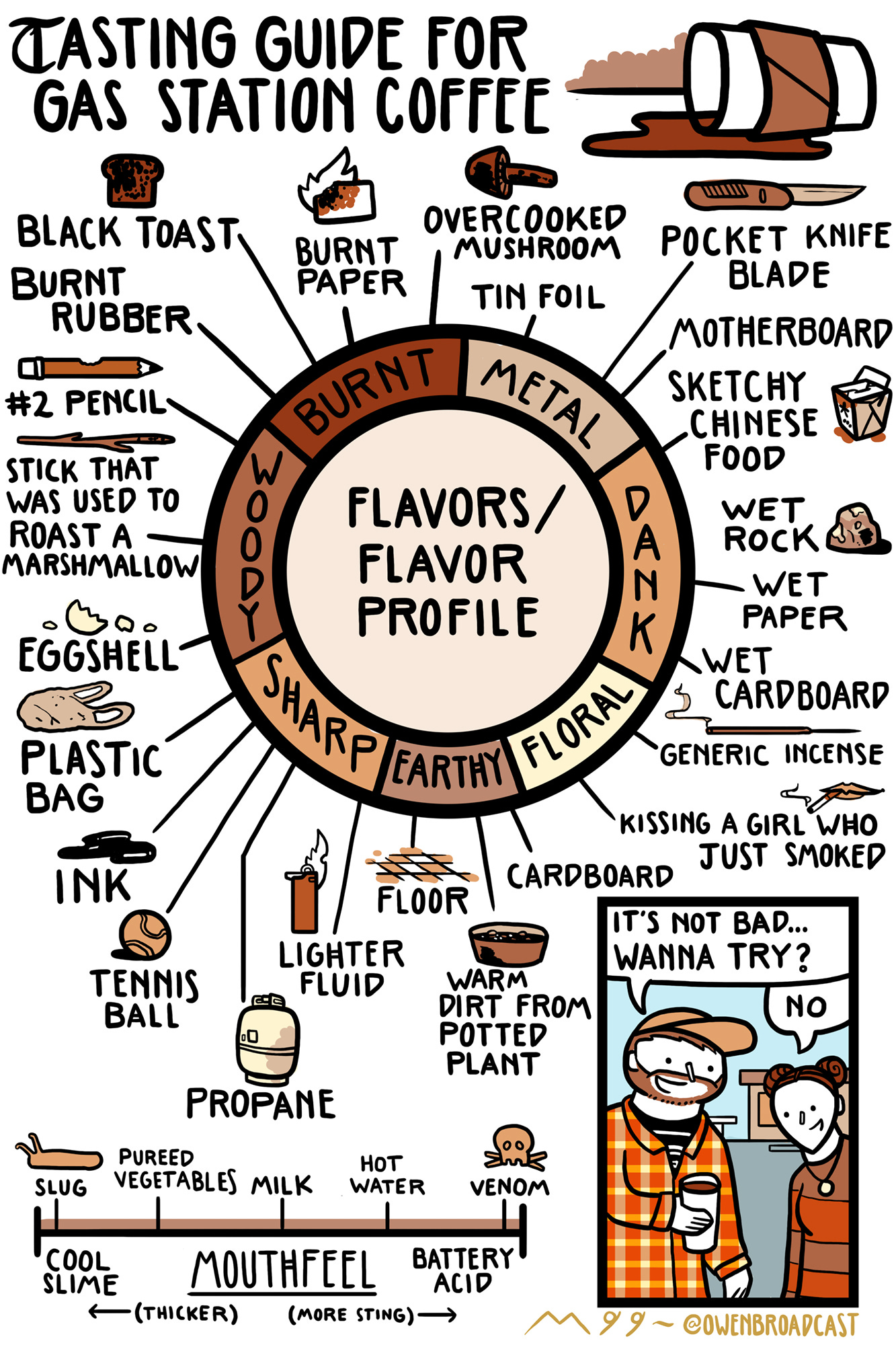
My strong preference for coffee is a French Press — I use this insulated one from a small company called coffee gator. I gravitated toward this one because it doesn’t have any plastic components. It also uses the same double-wall vacuum insulation that companies like HydroFlask use in their water bottles. This insulation has positives and negatives associated with it, however. On the plus side, it keeps the coffee hot for hours — kind of nice if you like to drink it slowly. A substantial negative is that it doesn’t make great cold brew in my experience. It’s very much worth a look though, if you enjoy a slightly hands-on coffee experience (you also get a ton of control over the strength of the coffee).
In addition to my French Press, I’ve recently acquired an espresso machine — the Gaggia Classic Pro. This thing brings a new meaning to the phrase “coffee zone“. The ability to make lattes/cappuccinos at home is incredible; it’s not something I ever thought I needed, but now that I have it I don’t think I’ll ever be able to go back. I will say that there is a bit of a learning curve with regards to actually using an espresso machine, however. My first few “pulls“ were hilariously bad, but as I slowly get better at the espresso workflow, I find myself enjoying the entire process a great deal.
If you’re looking for an entry-level espresso setup, the Gaggia classic pro (~$450) and the Baratza Sette 270 (~$400) seem to be the most recommended options. Additional accessories like a better tamper and a milk frothing jug will put you closer to a $900 price tag all-in. This definitely isn’t a cheap hobby, but a year of regular use (over buying espresso drinks from a café) essentially allows the machine to pay for itself. Plus, you get to become an unbearable coffee snob in the process. Win-win.
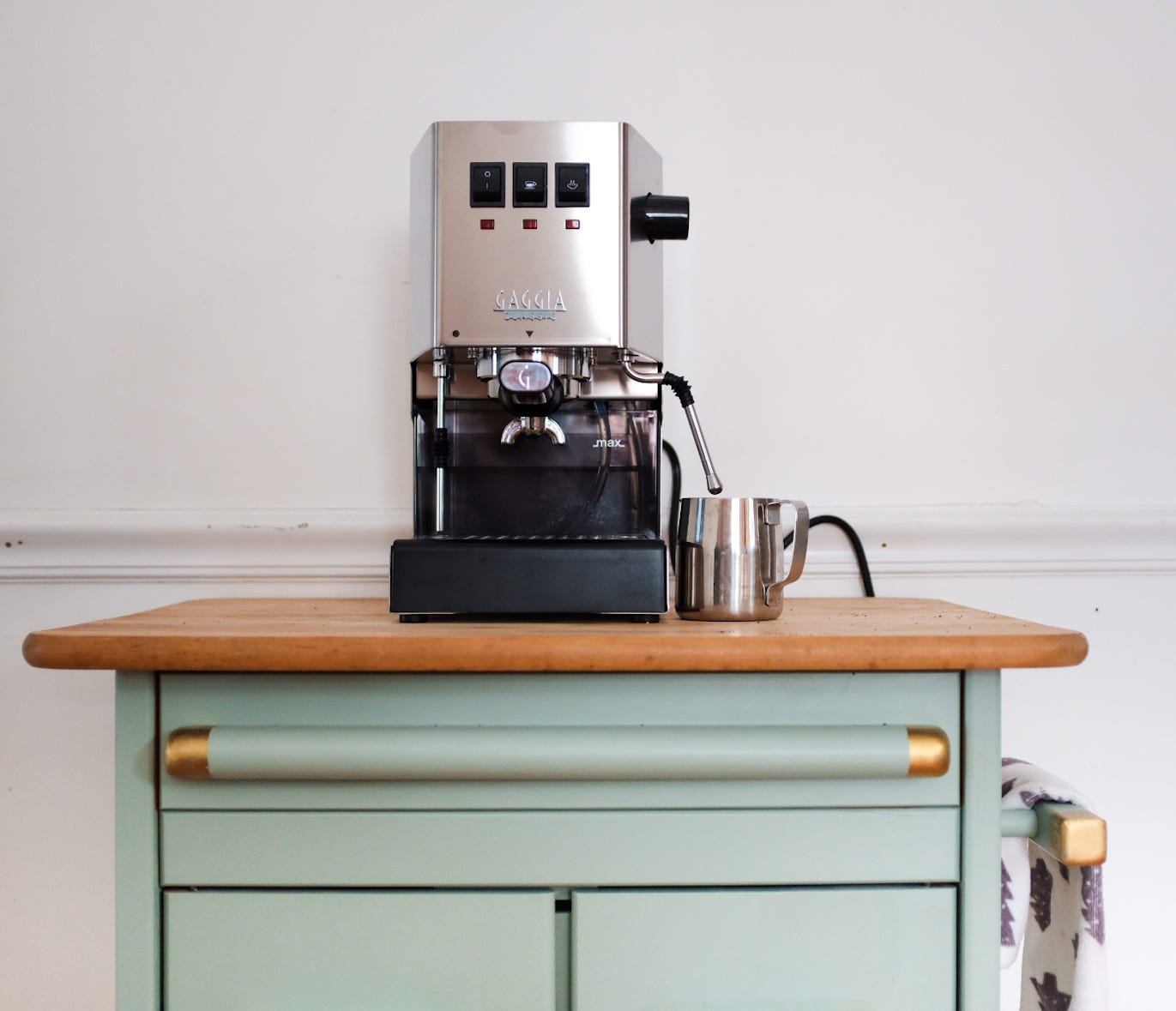
Seeing as my online persona has its roots as an aesthetics account, it would be downright silly for me not to mention the powerful aesthetic associated with coffee and espresso.
As we have seen time and time again, our Mediterranean friends have figured something out that the rest of the world hasn’t. There is a great appreciation, an exaltation even, of gastronomy, whether it be food, wine or coffee. This great love has produced an unmatched aesthetic tradition that admittedly isn’t intuitive to my Anglo-Celtic genes.
In America, coffee is seen as a means to an end, just another thing we require in order to keep droning away at work, at life, day in and day out. But the consumption of coffee shouldn’t be diminished to the stale Band-aid water that one may frequently encounter here.
Coffee should be a pleasure, an addition to life that augments our experiences and gives us a reason to further connect with others. The heavy connection between coffee and the Mediterranean way of life (and indeed, life in general), therefore, cannot be ignored and should ultimately be embraced.
I generally try pretty hard to distinguish myself from the myriad of @gentleman_luxury Instagram accounts out there, but we can make an exception this time. Please enjoy this short mood revolving around coffee aesthetics with the little space I have left.
Cheers my friends.





